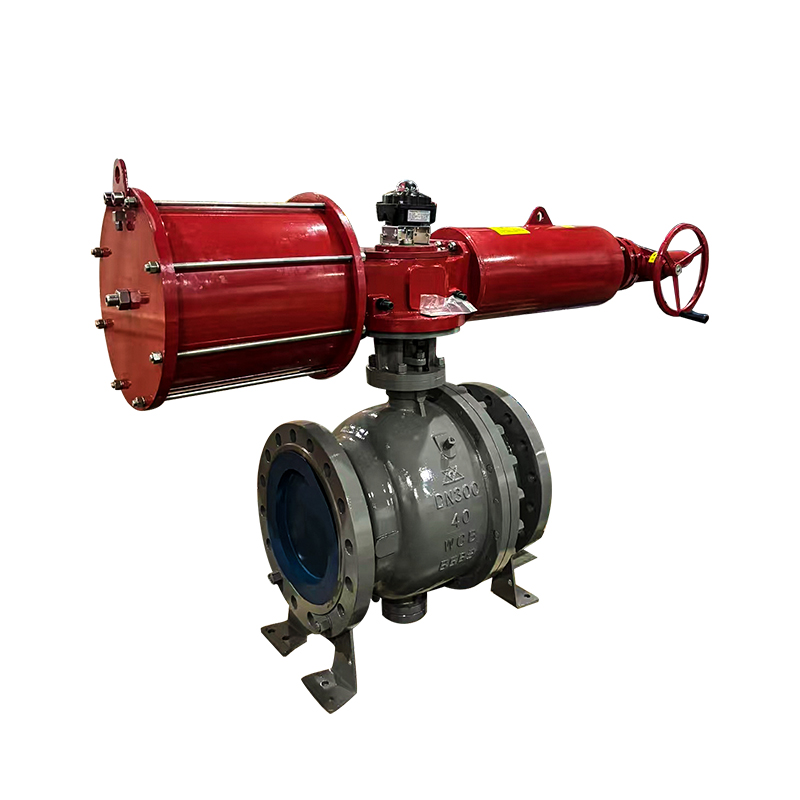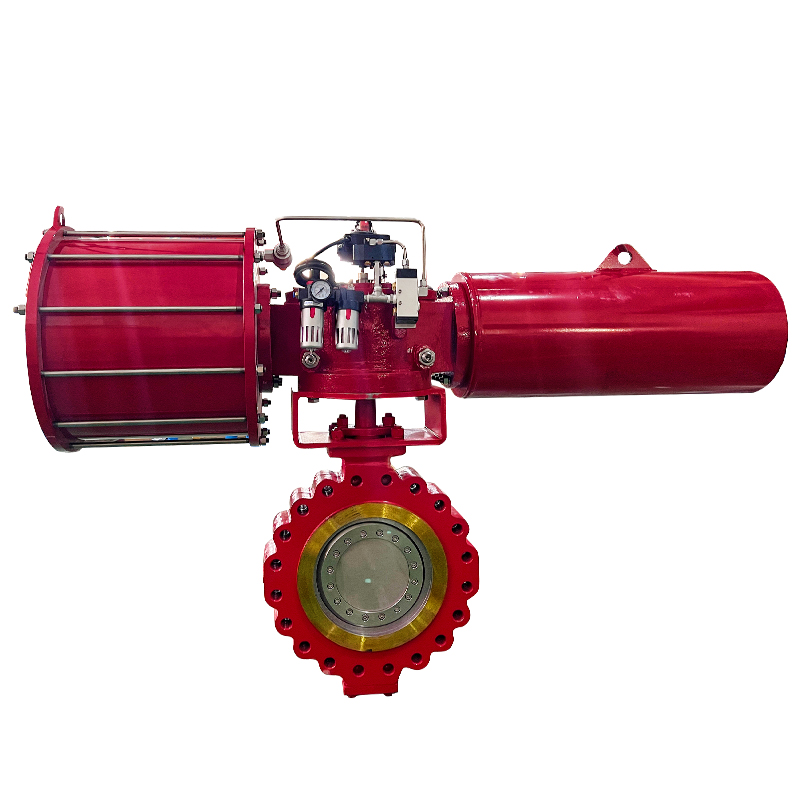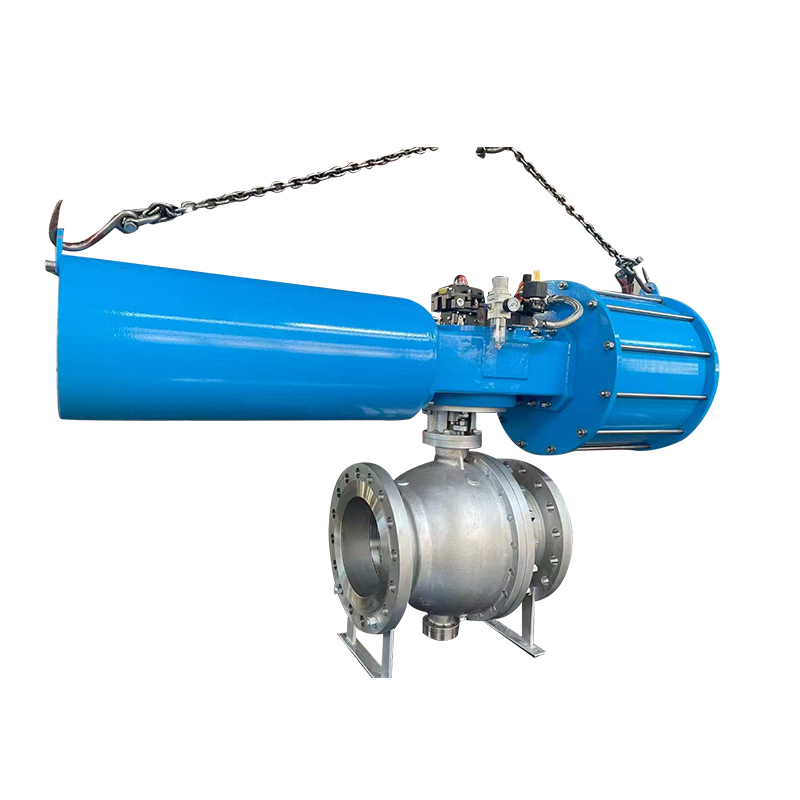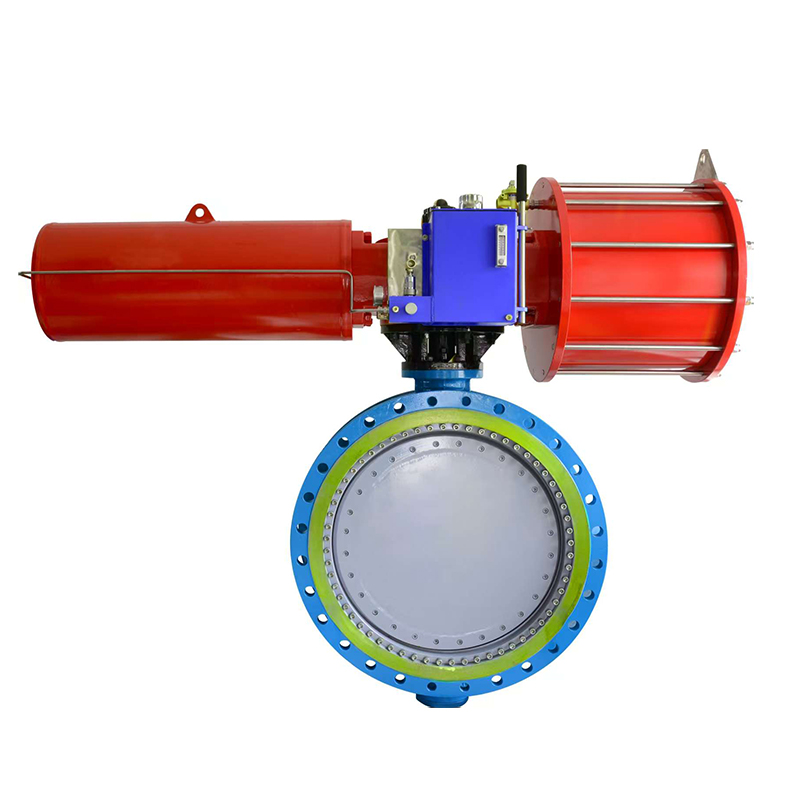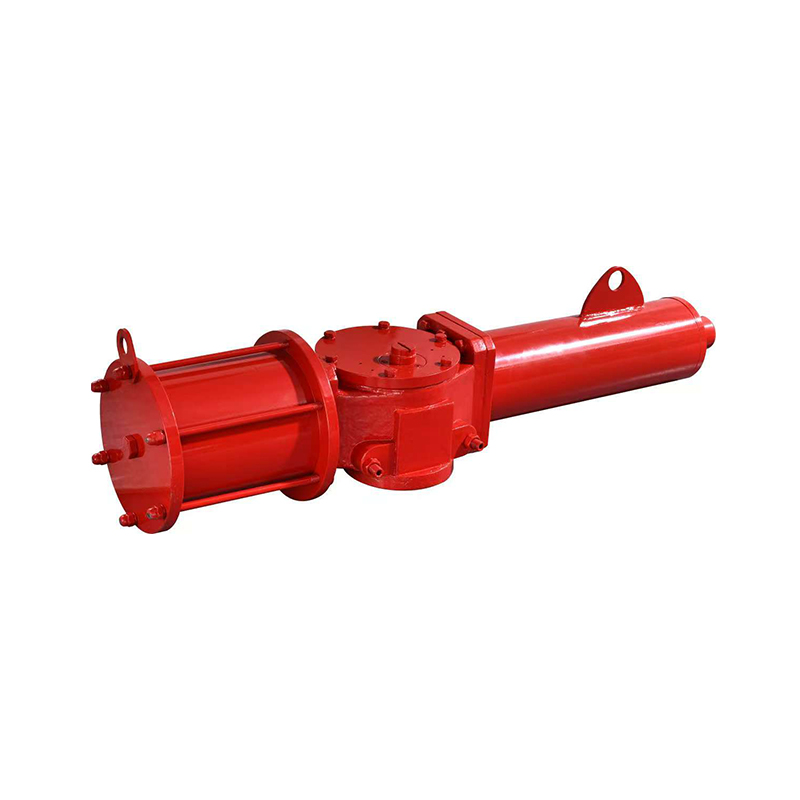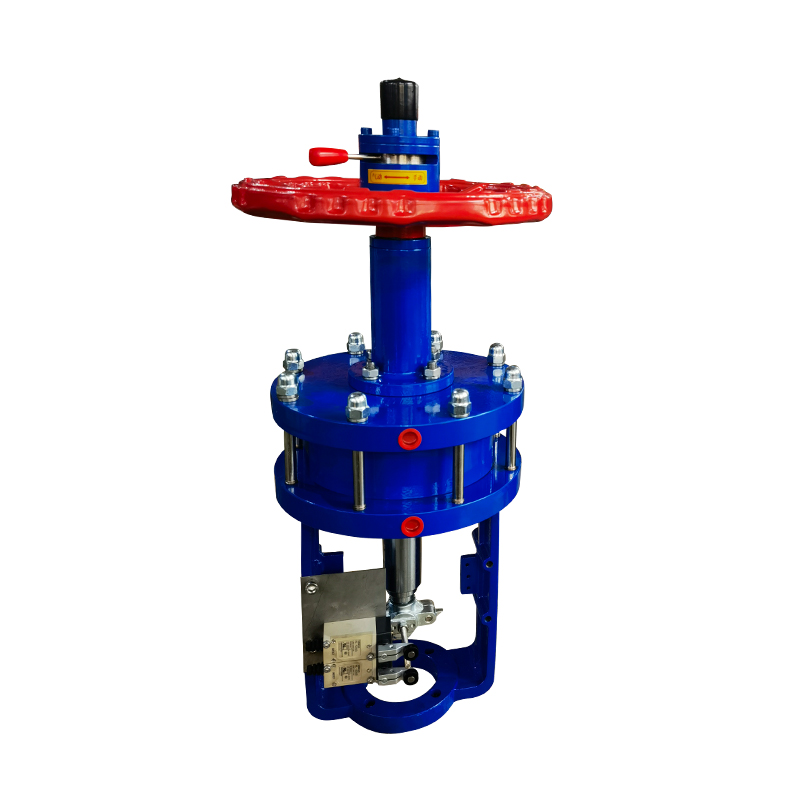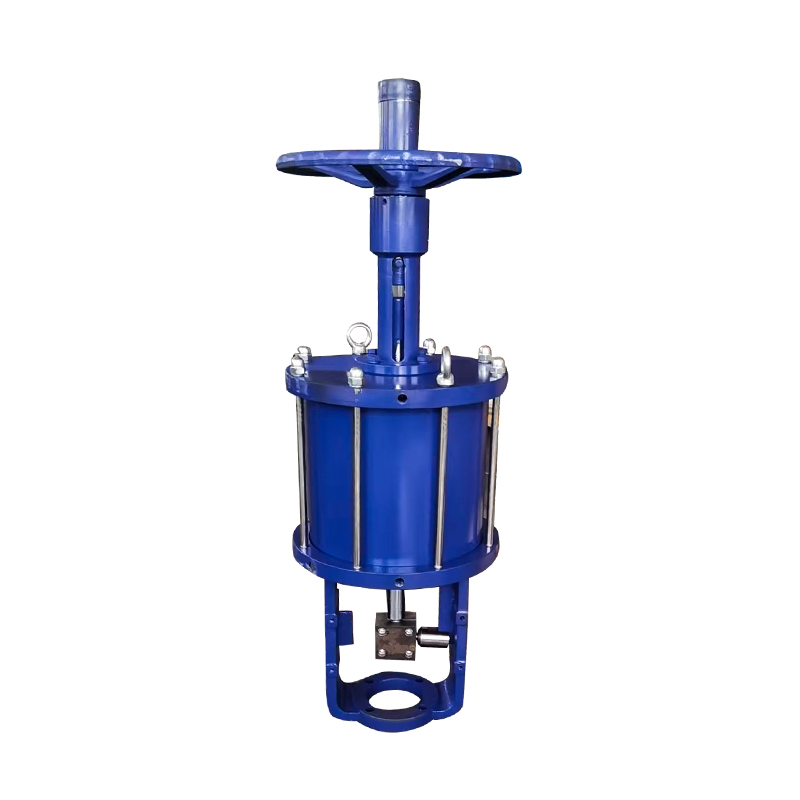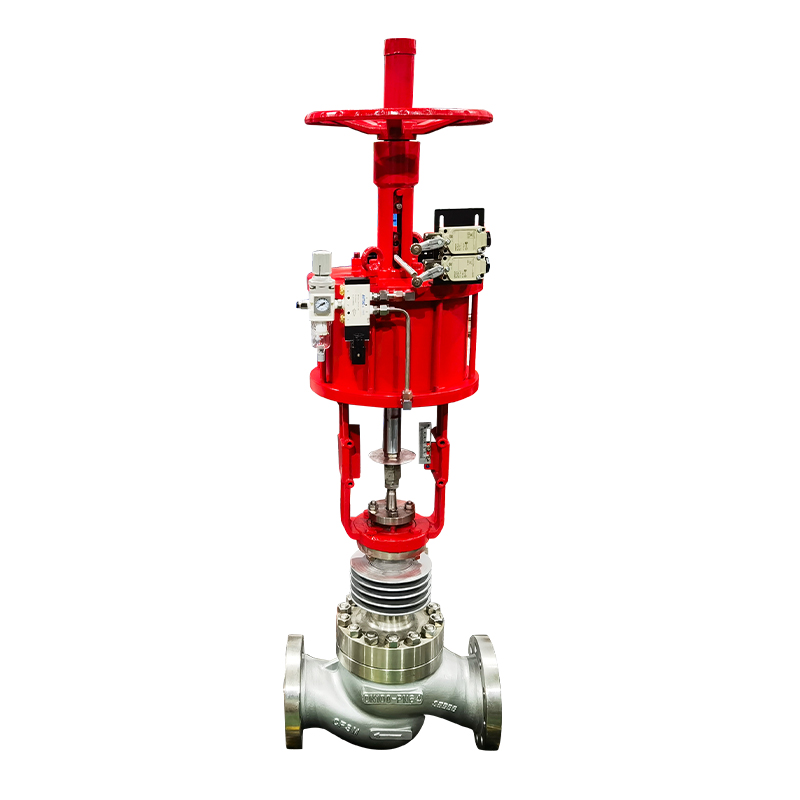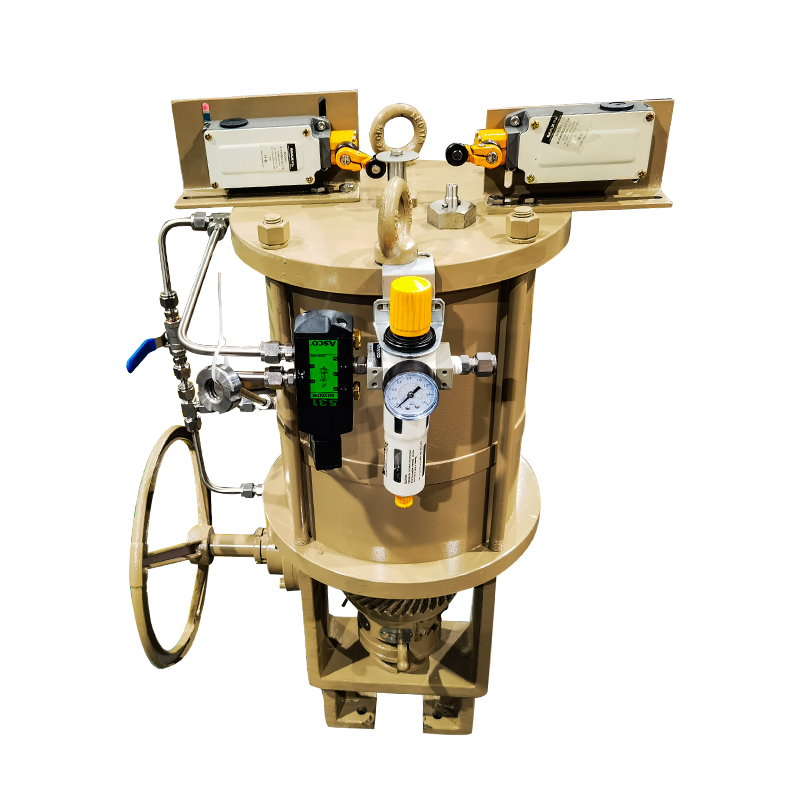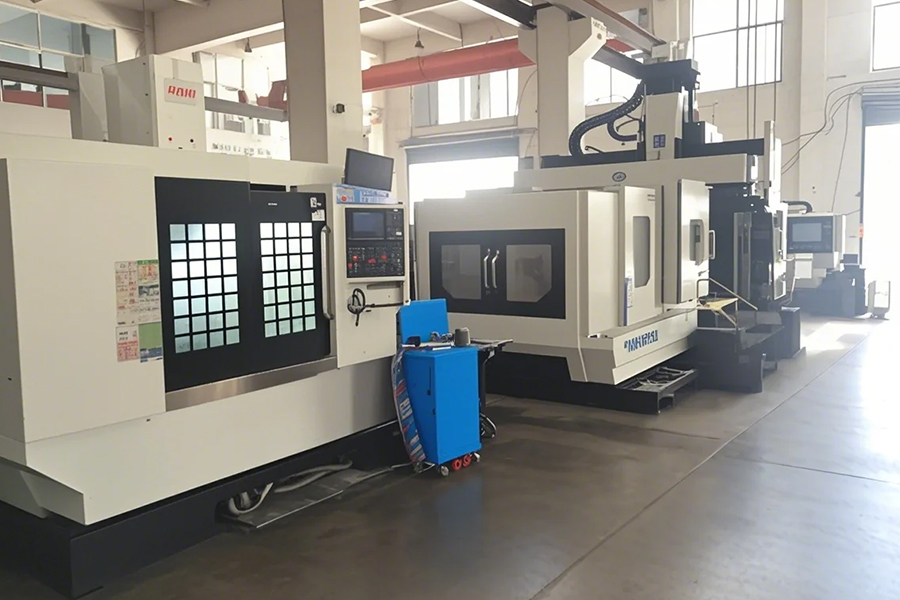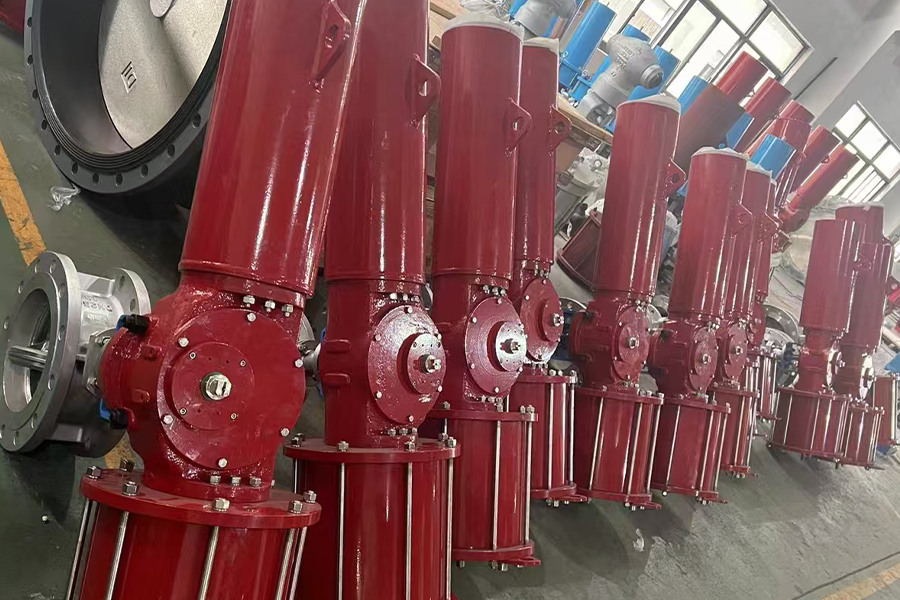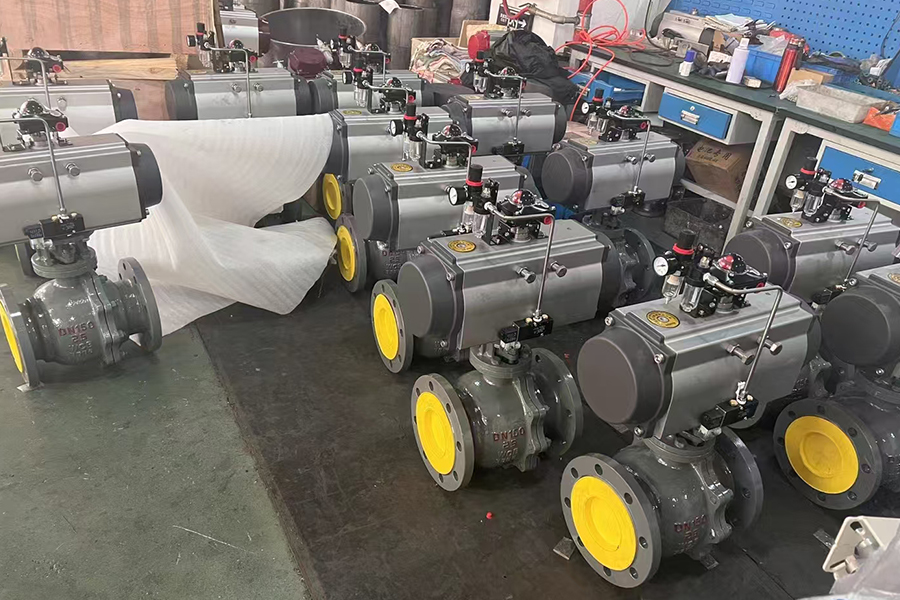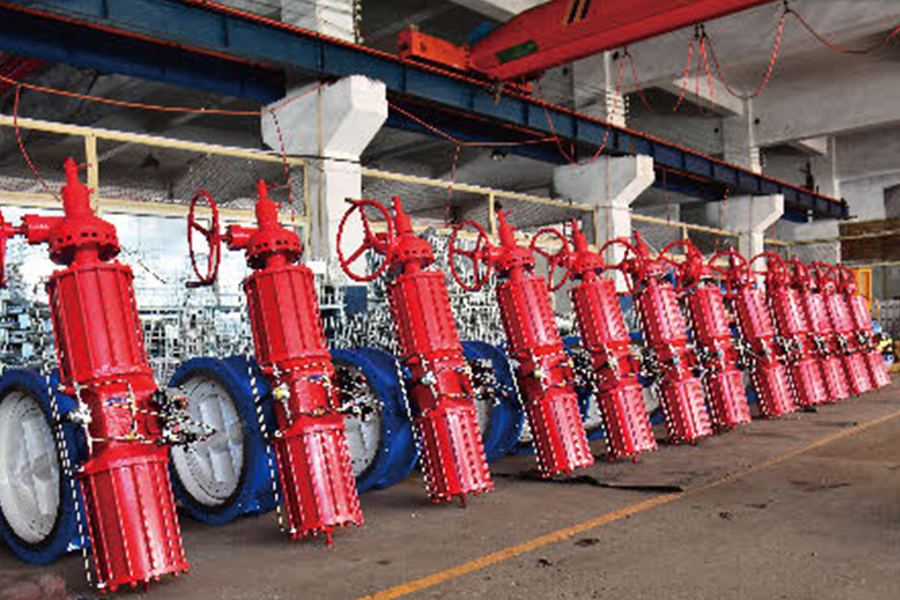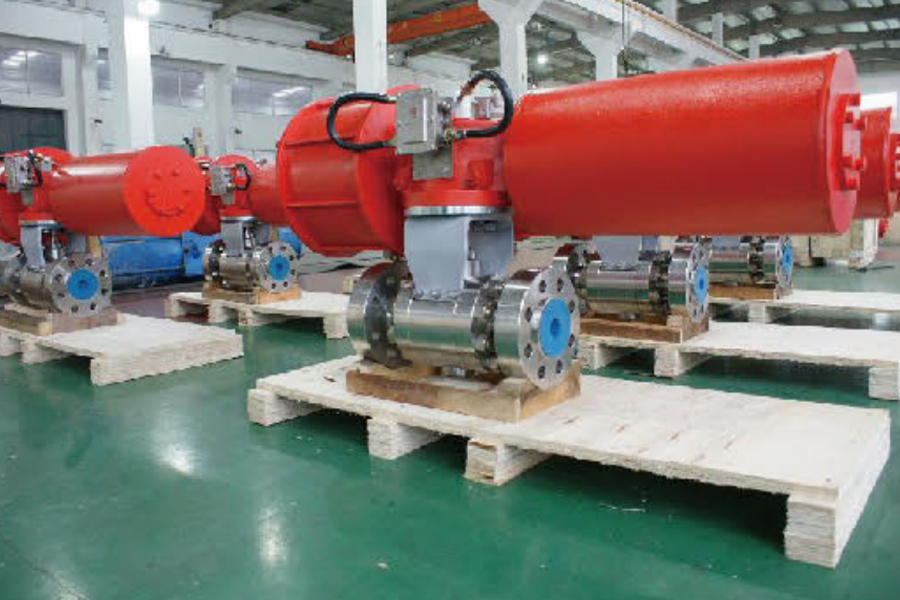The butterfly valve with pneumatic actuator and positioner is a versatile and efficient solution for regulating the flow of fluids in pipelines. It is widely used in a variety of industries, including chemical processing, HVAC systems, water treatment, and power plants. The key components of this valve—namely the butterfly valve, pneumatic actuator, and positioner—work together to offer precise control over flow, ensuring smooth and efficient operations.
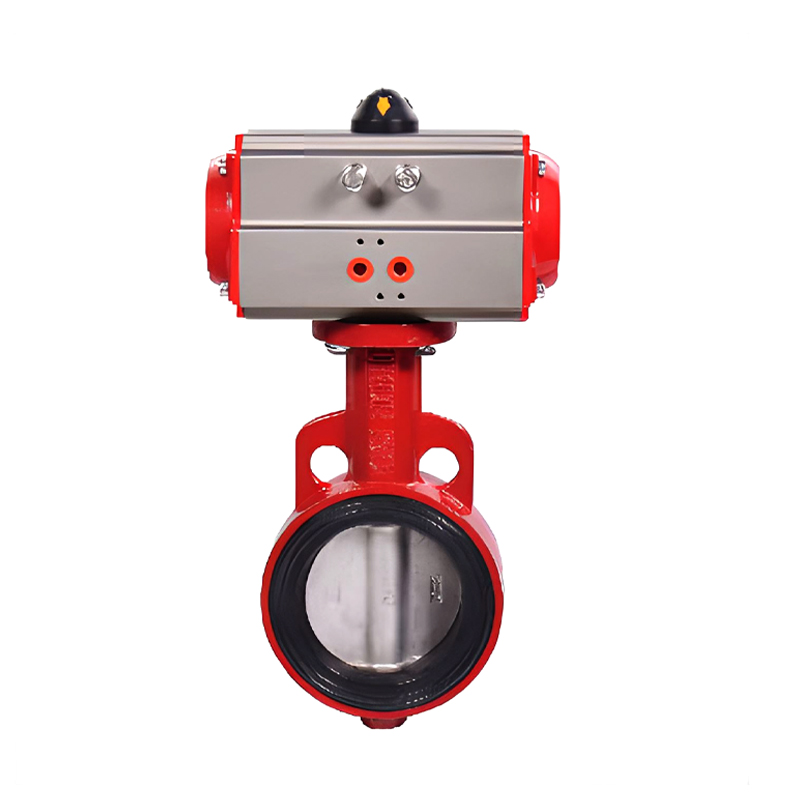
1. Basic Installation Considerations
Before exploring specific installation options, it is essential to understand the basic principles of installing a butterfly valve with pneumatic actuator and positioner. The butterfly valve is generally installed between two flanges, where the actuator is connected to the valve shaft to control its opening and closing. The positioner ensures that the actuator responds correctly to control signals, allowing precise positioning of the valve disc.
The actuator operates using compressed air, while the positioner adjusts the actuator's response to achieve the desired valve position. Depending on the application, the valve may be installed horizontally or vertically. Correct installation is critical for ensuring that the valve operates smoothly and that the actuator and positioner function properly.
2. Horizontal Installation
Horizontal installation is one of the common setups for a butterfly valve with pneumatic actuator and positioner. In this configuration, the valve is positioned with the actuator and positioner placed in line with the pipeline. The actuator should be installed at a height that allows for easy access for maintenance and adjustment, while the positioner should be positioned in such a way that it can effectively monitor and control the valve's position.
The primary advantage of horizontal installation is ease of access for servicing the actuator and positioner, making it ideal for systems that require frequent maintenance. This configuration is also well-suited for pipelines that run horizontally and for applications where the fluid flow is not influenced by gravity.
3. Vertical Installation
In some applications, particularly those involving large pipelines or where space is limited, butterfly valves with pneumatic actuators and positioners may be installed vertically. Vertical installation allows for better integration into systems where the pipeline runs vertically, such as in pumping stations, water treatment plants, or oil and gas systems.
One of the key considerations when installing the butterfly valve with pneumatic actuator and positioner vertically is ensuring that the actuator and positioner are properly aligned. The positioner must be calibrated to accommodate the specific conditions of the vertical installation, as gravity can have an effect on the valve's operation. Additionally, the actuator should be securely mounted to prevent any unnecessary strain on the valve stem or components.
4. Top-Mounted Actuator Installation
Another installation option for the butterfly valve with pneumatic actuator and positioner is the top-mounted actuator configuration. In this setup, the actuator is mounted directly on top of the valve, often with a bracket or additional support. This arrangement provides the advantage of easier maintenance, as the actuator can be accessed without interfering with the pipeline below.
The top-mounted installation is particularly useful in space-constrained environments where the valve and actuator must be positioned in a compact area. This configuration also minimizes the risk of interference from surrounding equipment, allowing for smoother valve operation. However, it is important to ensure that the positioner is correctly aligned with the actuator to avoid any operational issues.








